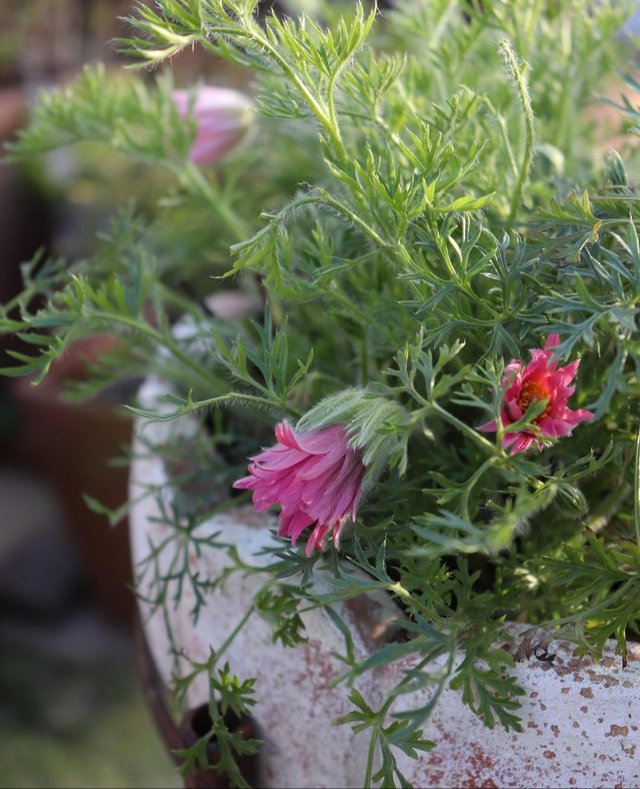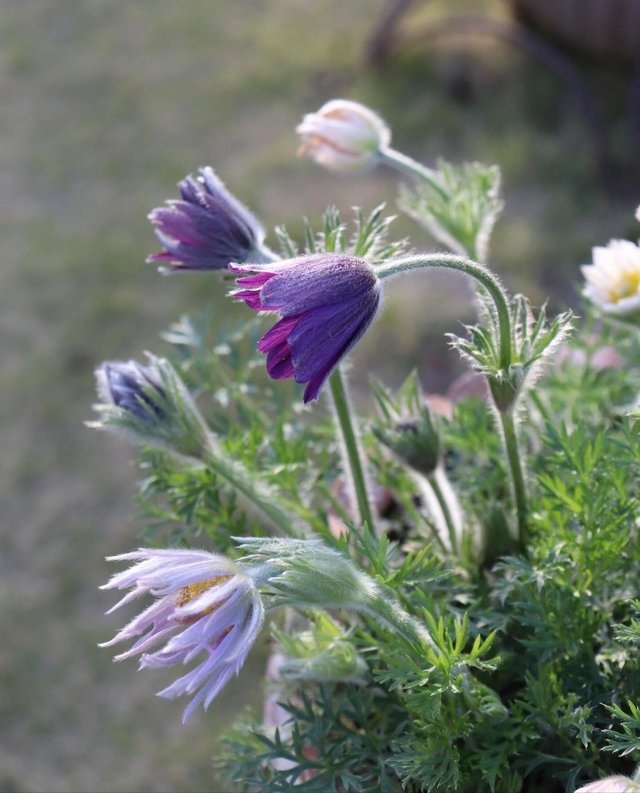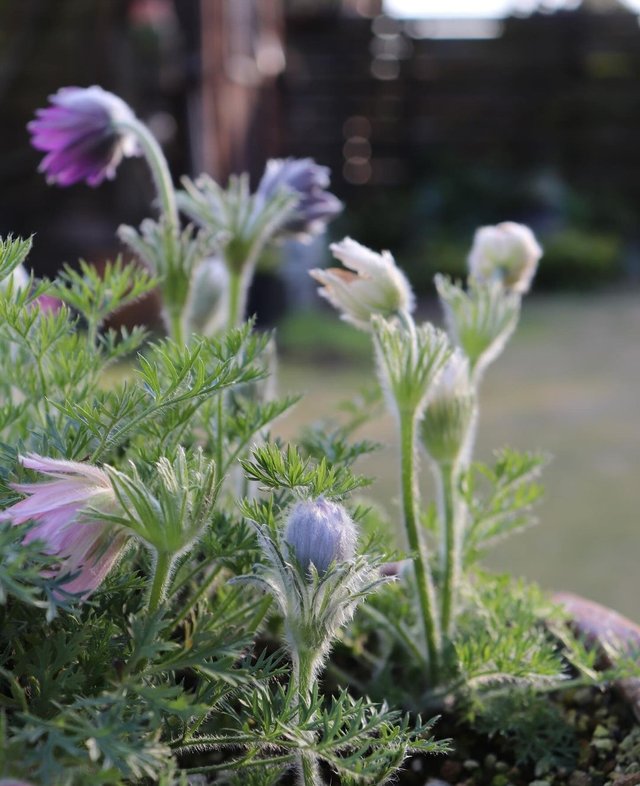



In the enchanting world of flora, few flowers captivate the imagination quite like the Pulsatilla koreana, commonly known as the Korean Pasque Flower. This delicate yet resilient bloom stands as a testament to nature's artistry, boasting an array of captivating features that enthrall botanists, gardeners, and nature enthusiasts alike. Join me on a journey as we delve into the beauty and allure of this remarkable flower.Native to the Korean peninsula, which includes other well-known species such as buttercups and anemones. Its natural habitat encompasses mountainous regions, where it thrives in well-drained, rocky soils and enjoys ample sunlight. Despite its preference for high altitudes, this resilient flower has also adapted to lower elevations, making it a versatile addition to various landscapes.
At first glance, the Pulsatilla koreana exudes an air of delicacy, with its slender stems and finely divided, fern-like leaves. However, it is the flower itself that steals the show, with its striking appearance and unique adaptations. The blooms emerge in early spring, before the foliage fully develops, adding a splash of color to the awakening landscape. Each flower features a bell-shaped structure composed of petal-like sepals, which range in color from soft lavender to vibrant purple. The contrasting golden stamens at the center further enhance its visual appeal, attracting pollinators such as bees and butterflies.
Beyond its aesthetic charm, the Pulsatilla koreana holds cultural significance in the regions where it grows. In Korean folklore, the flower is often associated with purity, rebirth, and the arrival of spring. Its emergence from the barren winter landscape symbolizes hope and renewal, inspiring poets, artists, and storytellers throughout the ages. Additionally, traditional herbalists have long recognized the medicinal properties of this plant, using its roots and leaves to alleviate various ailments.Despite its cultural and ecological importance, Pulsatilla koreana faces threats from habitat loss, climate change, and overexploitation. As mountainous regions become increasingly vulnerable to human activities and environmental degradation, populations of this delicate flower are declining. Conservation efforts are underway to preserve its natural habitat and promote sustainable cultivation practices, ensuring that future generations can continue to admire its beauty and appreciate its ecological role.
Gracias
